Virginia Tech’s study traces early eukaryotic evolution, highlighting life’s diversification since 2 billion years ago.
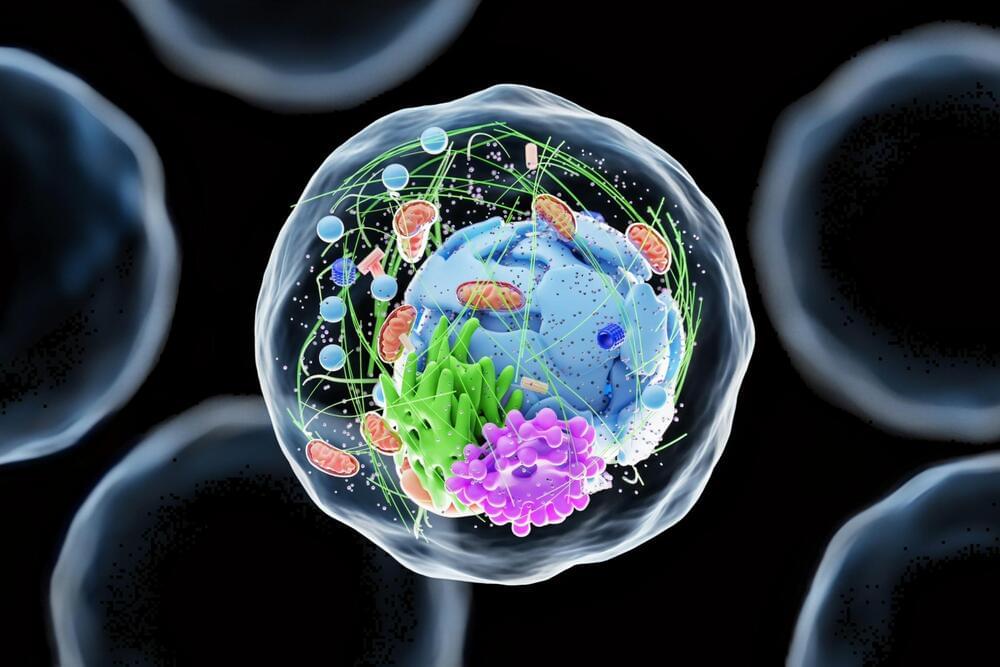

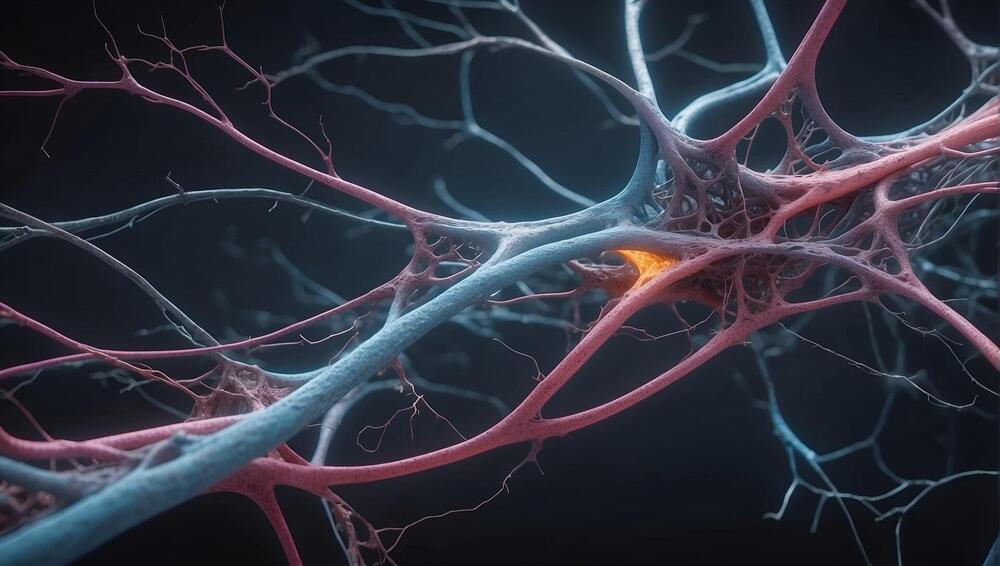
Salt, or more precisely the sodium it contains, is very much a “Goldilocks” nutrient. Low sodium levels cause a drop in blood volume, which can have serious, sometimes deadly, health consequences. Conversely, too much salt can lead to high blood pressure and cardiovascular disease.
In modern America, where most people consume a high-salt diet, almost no one is in danger of having too little salt. However, given the critical importance of sodium for body and brain functions, evolution has developed a powerful drive to consume salt in situations where there is a deficiency.
Understanding the brain circuitry that controls salt appetite has proved elusive, but now a new study by University of Iowa researchers has identified the first and, thus far, only neurons necessary for salt appetite.
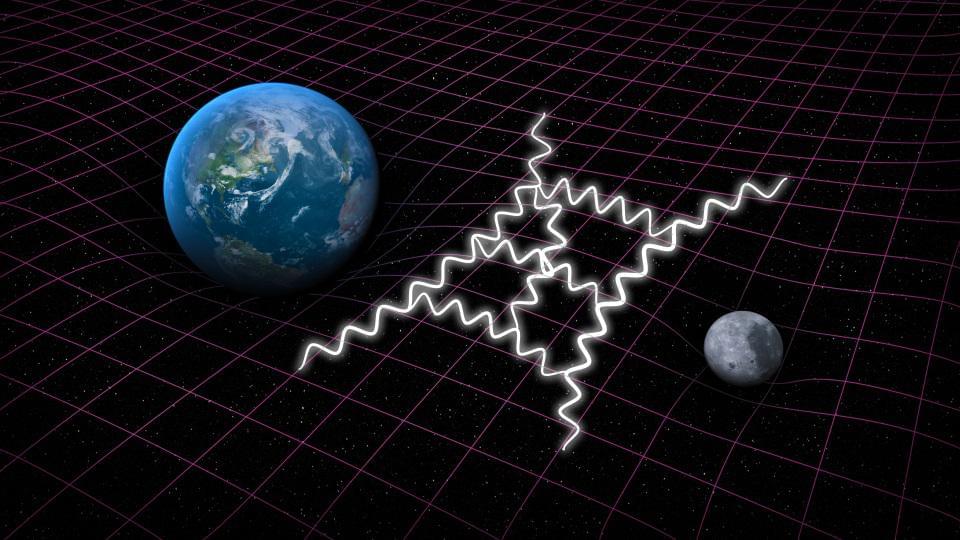
Which brings us to the big question: what about gravity?
This is something where we can’t be certain, as gravitation remains the only known force for which we don’t have a full quantum description. Instead, we have Einstein’s general relativity as our theory of gravity, which relies on a purely classical (i.e., non-quantum) formalism for describing it. According to Einstein, spacetime behaves as a four-dimensional fabric, and it’s the curvature and evolution of that fabric that determines how matter-and-energy move through it. Similarly it’s the presence and distribution of matter-and-energy that determine the curvature and evolution of spacetime itself: the two notions are linked together in an inextricable way.
Now, over on the quantum side, our other fundamental forces and interactions have both a quantum description for particles and a quantum description for the fields themselves. All calculations performed within all quantum field theories are calculated within spacetime, and while most of the calculations we perform are undertaken with the assumption that the underlying background of spacetime is flat and uncurved, we can also insert more complex spacetime backgrounds where necessary. It was such a calculation, for example, that led Stephen Hawking to predict the emission of the radiation that bears his name from black holes: Hawking radiation. Combining quantum field theory (in that case, for electromagnetism) with the background of curved spacetime inevitably leads to such a prediction.

Almost 300 binary mergers have been detected so far, indicated by their passing gravitational waves. These measurements from the world’s gravitational wave observatories put constraints on the masses and spins of the merging objects such as black holes and neutron stars, and in turn this information is being used to better understand the evolution of massive stars.
Thus far, these models predict a paucity of black hole binary pairs where each black hole has around 10 to 15 times the mass of the sun. This “dip or mass gap” in the mass range where black holes seldom form depends on assumptions made in the models; in particular, the ratio of the two masses in the binary.
Now a new study of the distribution of the masses of existing black holes in binaries finds no evidence for such a dip as gleaned from the gravitational waves that have been detected to date. The work is published in The Astrophysical Journal.
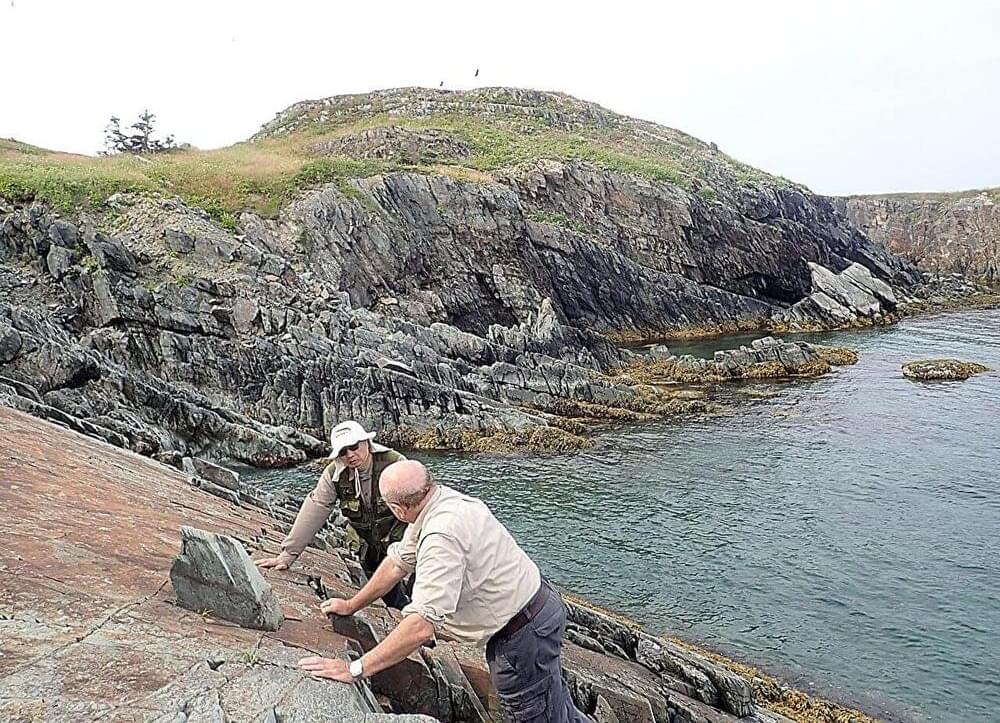
If all the world’s a stage and all the species merely players, then their exits and entrances can be found in the rock record. Fossilized skeletons and shells clearly show how evolution and extinction unfolded over the past half a billion years, but a Virginia Tech analysis extends the chart of life to nearly 2 billion years ago. The study is published in the journal Science.
The chart shows the relative ups and downs in species counts, telling scientists about the origin, diversification, and extinction of ancient life.
With this new study, the chart of life now includes life forms from the Proterozoic Eon, 2,500 million to 539 million years ago. Proterozoic life was generally smaller and squishier—like sea sponges that didn’t develop mineral skeletons —and left fewer traces to fossilize in the first place.

In their Review article earlier this year, Fedorenko, Ivanova & Regev (Fedorenko, E., Ivanova, A. A. & Regev, T. I. The language network as a natural kind within the broader landscape of the human brain. Nat. Rev. Neurosci. 25, 289–312 (2024))1 propose a functional separation between the core language network and other perceptual, motor and higher-level cognitive components of communication-related networks in the left hemisphere of the human brain. In the ‘Open questions and a way forward’1 section that ends their Review, the authors discuss the need for cross-species comparative research to disentangle how these brain networks came to support human language. Here, we suggest that the authors’ functional separation of a core language network and other components in the human brain is grounded in the evolution of two separate structural networks within primate brains.
Fedorenko and colleagues describe the core language network as left-lateralized, and involving the middle frontal gyrus (MFG), inferior frontal gyrus (IFG), superior temporal gyrus (STG) and middle temporal gyrus (MTG). Perceptual and motor systems for speech are defined as separate subsystems located in auditory cortex and speech perception areas in the STG and motor cortex and motor planning areas1, respectively. Importantly, these functionally defined key brain areas are known to be structurally connected via dorsally and ventrally located white-matter fibre tracts, which guarantee the information flow between areas. In humans, two separate dorsal pathways that provide structural connections have been identified for two distinct networks2,3 (Fig. 1).
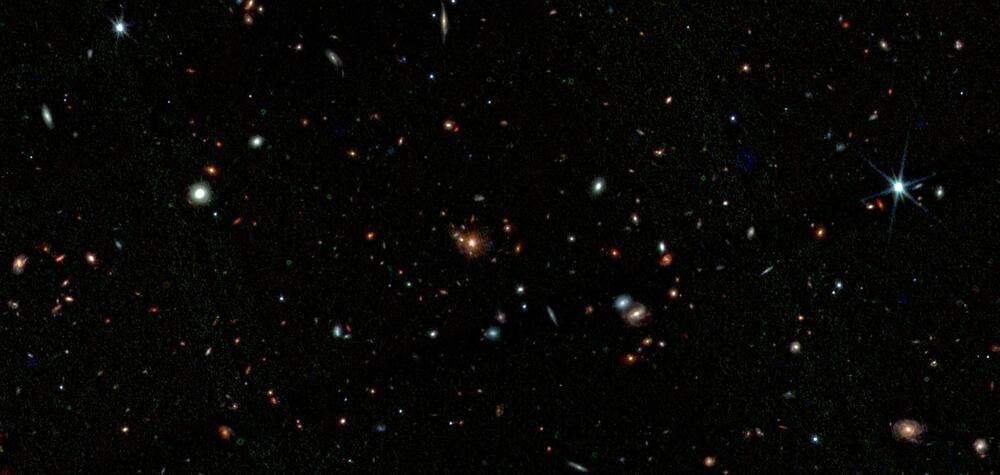
An international research team has used the James Webb Space Telescope (JWST) to observe massive galaxies discovered by the Subaru Telescope in a corner of the early universe known as the Spiderweb protocluster. The JWST results confirm what had been suggested from the Subaru Telescope observations, namely that supermassive black hole activity can truncate the growth of galaxies.
These results appear in the paper “Spider-Webb: JWST Near Infrared Camera resolved galaxy star formation and nuclear activities in the Spiderweb protocluster at z=2.16” in Monthly Notices of the Royal Astronomical Society on December 18, 2024.
The growth and evolution of galaxies is a major theme in modern astronomy. The origin of giant elliptical galaxies is one riddle. These galaxies consist entirely of old stars, so something early in their evolution must have shut off star formation in the progenitors of giant elliptical galaxies. According to one theory, the supermassive black holes at the hearts of the galaxies may play a role in determining the star formation.
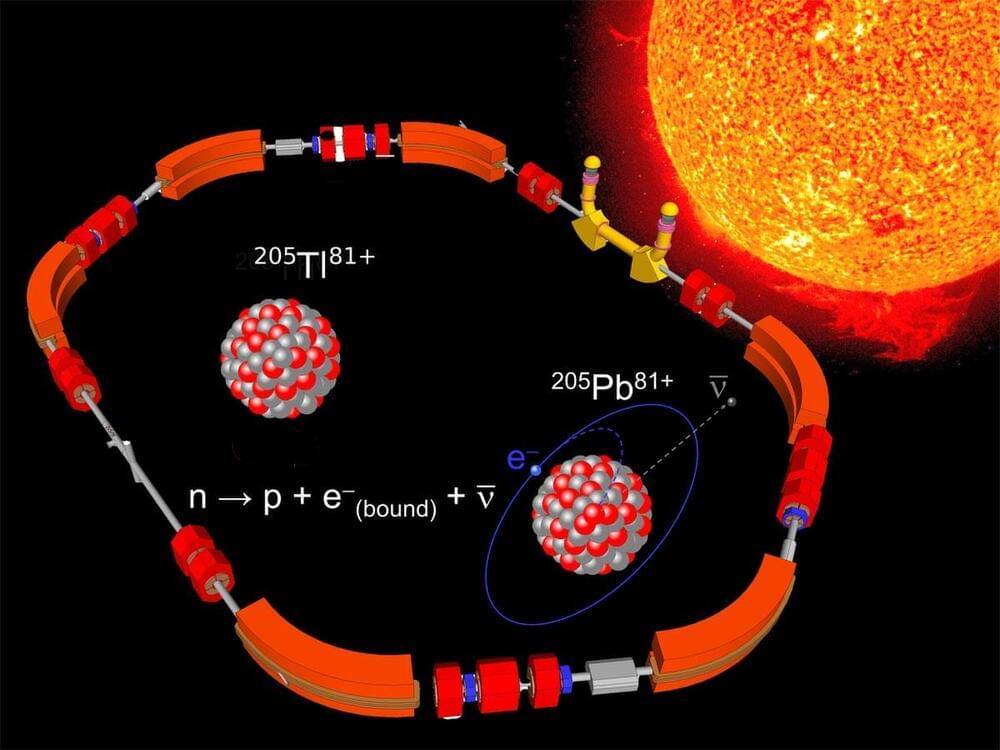
The LOREX experiment utilizes lorandite ore to gauge historical solar neutrino flux, revealing insights about the Sun’s development and climatic effects through advanced decay rate measurements.
The Sun, Earth’s life-sustaining powerhouse, generates immense energy through nuclear fusion while emitting a steady stream of neutrinos — subatomic particles that reveal its inner workings. While modern neutrino detectors shed light on the Sun’s current behavior, key questions remain about its stability over millions of years — a timeframe encompassing human evolution and major climate changes.
Addressing these questions is the mission of the LORandite EXperiment (LOREX), which depends on accurately determining the solar neutrino cross-section for thallium. An international team of scientists has now achieved this crucial measurement using the unique Experimental Storage Ring (ESR) at GSI/FAIR in Darmstadt. Their groundbreaking results, advancing our understanding of the Sun’s long-term stability, have been published in the journal Physical Review Letters.
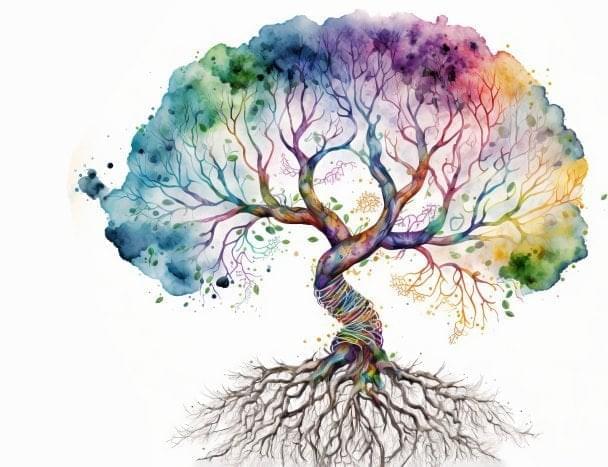
Eddie Gonzales Jr. – AncientPages.com – Despite awe-inspiring diversity, nearly every lifeform – from bacteria to blue whales – shares the same genetic code. How and when this code came about has been the subject of much scientific controversy.
Image credit: Adobe Stock – Diatomic
Taking a fresh approach at an old problem, Sawsan Wehbi, a doctoral student in the Genetics Graduate Interdisciplinary Program at the University of Arizona, discovered strong evidence that the textbook version of how the universal genetic code evolved needs revision. Wehbi is the first author of a study published in the journal PNAS suggesting the order with which amino acids – the code’s building blocks – were recruited is at odds with what is widely considered the “consensus” of genetic code evolution.

Recent scientific efforts have advanced the development of a comprehensive primate evolutionary timetree, filling significant gaps in our understanding of primate biodiversity and evolutionary history.
The primate order includes not only humanity’s closest relatives—the seven great apes—but also more than 450 species of monkeys, lemurs, lorises, and galagos. This group is remarkably diverse, ranging from 400-pound gorillas to tiny mouse lemurs (Microcebus) that weigh just one ounce. Primates display some of the most fascinating behaviors in the animal kingdom: chimpanzees use sticks to ‘fish’ for termites in hollow logs, while orangutans fashion leaf gloves to handle prickly durian fruit.
Despite being among the most thoroughly studied animals on Earth, primates still lack a complete molecular phylogenetic tree—a comprehensive evolutionary map detailing when different species emerged and how they are related. A robust phylogenetic tree would use genetic data to trace the timing of species’ appearances and identify their closest evolutionary relatives. Currently, the largest molecular timetree for primates includes just over 200 species. Even the most extensive synthetic timetree, based on more than 4,000 published studies, covers only about 400 species, leaving roughly one-fifth of the primate evolutionary tree unresolved.